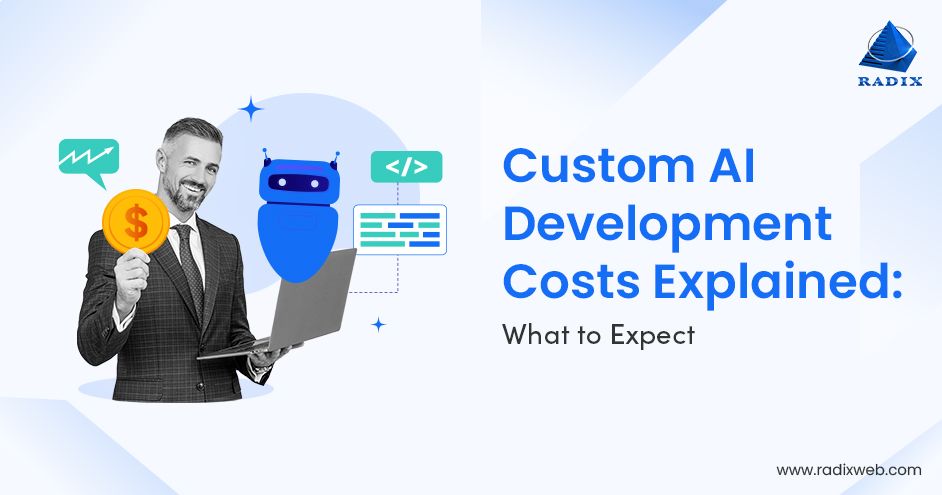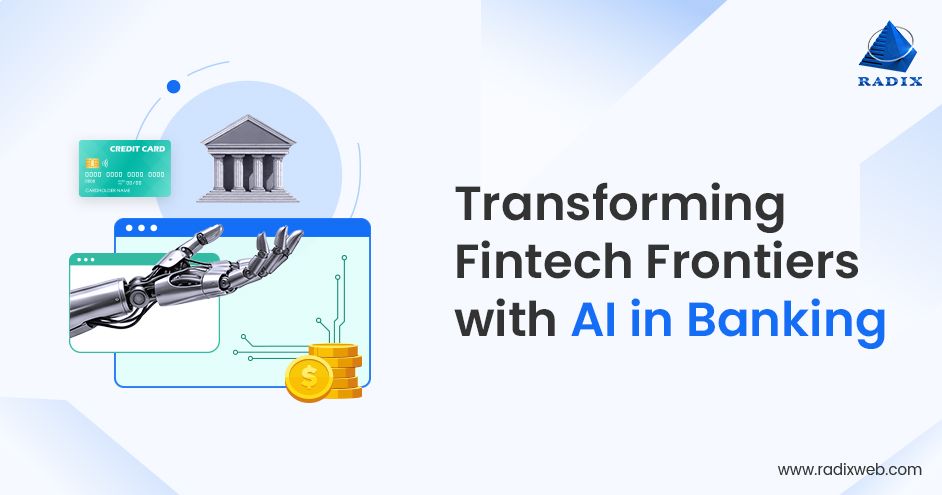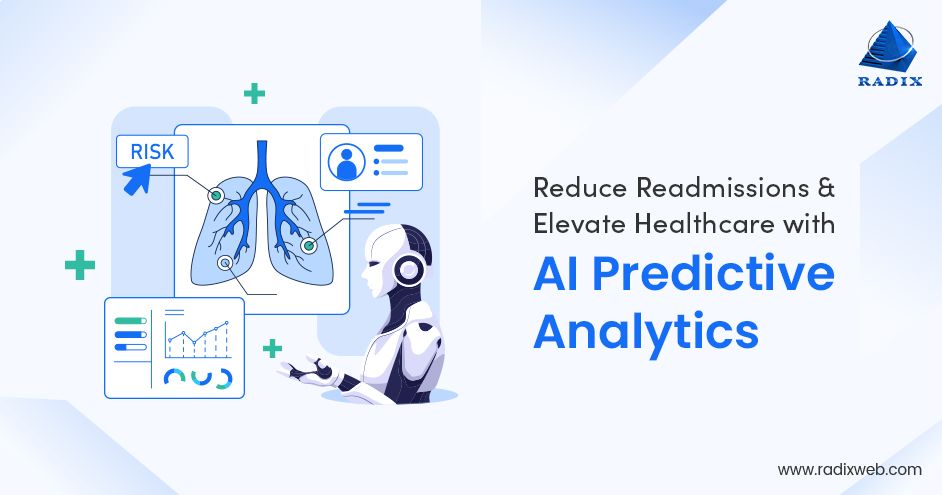
Discover what’s next for AI in healthcare in 2026 - Get Access to the Full Report
Key Challenges & Guidelines for A Legacy HR & Recruitment Software Migration


Quick Summary: Legacy HR and Recruitment software migration is essential for businesses to keep them updated in this ever-changing market dynamics. However, migrating this software is not a cakewalk; it comes with specific challenges. This blog will discuss the challenges you can face while migrating your HR and Recruitment software and its mitigation practices.
The Human Resource Management (HRM) market is continuously growing and is expected to reach USD 69618.53 million by 2031. Effective and secure storage of candidate data is the primary requirement of the human resource recruitment process. To address the dynamic requirements of resource recruitment agencies using HR systems, IT software vendors provide need-based standardized or customized solutions. However, having working software is not enough to deal with frequently changing market dynamics.
After a particular time span, it is either standardized software with traditional features or customized software with advanced features and robust development aspects. This is why it's essential to migrate your legacy HR software and update it with the latest technical enhancements to deliver competitive advantages to users.
So, overcoming legacy concerns needs a balance between risk management and innovation. That’s why it's essential to understand the nuances of legacy HR and Recruitment software migration to define your business’s most efficient modernization strategy. This blog here will guide you through the challenges you can face while migrating your HR systems with complete steps to mitigate these risks.
Optimize your Legacy Systems for Higher Scalability and Resilience by Deploying Top App Migration Services
Consult Our Experts
Essence of HRMS Migration:
HRM software product, may not work efficiently for HR/Recruitment agencies to satisfy business goals as well as to win neck to neck competition. Migration to continuous evolving advanced environment enhances flexibility, improves innovation, increases responsiveness, boosts time-to-market, controls costing, and much more.
To leverage all these benefits, HR/Recruitment service providers demand migrating multiple HRMS software systems due to increasing expectations from businesses like BYOD, mobile enabled systems, scalability, easy integration with third-party systems etc. which leads software providers to migrate their legacy HR and Recruitment software. At the time of migrating HRMS software, IT service providers have to be careful about secure and whole candidate database migration such as payroll, time, attendance, benefit management etc. from existing server to new one.
Most software vendors are connected with multiple online job portals to fetch candidate profiles plus they’ll have huge data of resumes of their own. Migrating all those data to new technology requires meticulous activity and experienced team. After all, you would like your users to search candidate’s availability from millions of records. The advance search is important as users will select any time span to search available candidates and system should be smart enough to search from billions of available records within fraction of seconds.
Key Challenges While Migrating Legacy HR & Recruitment Software
Thinking of migration of the legacy system which is already in place in the market and adopted by users is really a tough decision to make as there are a lot of challenges, opportunities and risks. Based on our past experience of migrating legacy HR & Recruitment systems which are well-established since 15+ years with active client base, we have tried to list down few of the challenges which could be even yours while you think of migration.
Redefine Business Model
Being a legacy technology based system, your existing software application could be client-server or web-based private hosting on dedicated server. While migrating to new technology, businesses also need to redefine their revenue model considering current & future trends in the industry and competitors moves. Due to cloud enablement, businesses are now moving to offer subscription based plans to tap to wider geographical customer base. The biggest challenge would be the adaptation of the new business model by the existing users however isn’t it good opportunity?
Selection of Futuristic Technology
Most businesses at the time of start-up & first version release of their system, select technology which is more familiar with him/her and may not think of the long term available support with advancement of the technology. However, while thinking of migration, you have now better chance to select right technology which provides continuous advancement and support. Converting same technology with latest framework is bit easy (let’s say migration of Microsoft Framework 1.0 to Microsoft Framework 4.5) compared to converting a Delphi based system to Microsoft Framework 4.5. Apart from continuous advancement parameters, business needs to consider availability of consistent skilled resources at competitive rates. If you do not have specific skilled resources with you then you can easily hire near shore / off-shore software product development companies.
Architectural Changes
When you are migrating your system, yours as well as your user’s expectations on performance of your system would be extremely higher compared to your earlier system. You would expect to reduce your page loading time, shortening your advance search results time and implement the architecture which supports your future enhancement for at least next five years. Cloud technologies are common these days and most businesses are moving to cloud. You can implement multi-tenant, SOA based architectures which allows same data to be accessed from multiple applications be it, web, smart phones / tablets, desktop or anything else. You MUST utilize benefits of cloud and let your product team remains at peace and focus more on R&D to come-up with next version release. However, how do you decide whether there is actually a need to have new architecture or anything else? You can be the best judge knowing your application’s present usability and on-going costs. Below is the model which may help you in your planning.

On the above model on X axis we have ability of meeting business requirements which means the existing system’s adequacy to meet functional business needs and ease of usage of the application. While we have on Y axis efficiencies of software in terms of infrastructure cost and stability of the environment.
Interoperate: While business use of application is high and its IT effectiveness is also high, and still you require additional functionality then the best thing for you is to develop other surrounding applications with latest technology and integrate it with your core application.
Change Host: When application’s infrastructure stability is low and business use of application is high then simply you can plan for alternate hosting environment as it will ease your bottlenecks and improve performance.
Redefine Architecture: This strategy is applicable when existing business use of the application is getting low plus you see low stability from your IT infrastructure which signals you to move on and completely change your architecture which again involves high level of efforts to get high level of business advantages.
Redefine UI: If software presently is not supporting from the business use point of view however IT infrastructure stability is quite high then you may evaluate option to redefine user interface and make it more appealing which could be ease of use for users. However this could be decided based on your long term business goals.
Power Your Business with Modern IT Capabilities for Optimum Security, Scalability, and Agility
Choose App Migration
Database Migration without Data Loss
Developing a recruitment management software comes with several modules that run using different database. These all modules are inter-connected through database to perform a particular task. In such situation, effective data migration and management is a big challenge. It requires careful move of entire sensitive business database of HRM software product from existing server to isolated cloud platform.
Portability & Compatibility
While deciding on Migration, the first thing which comes to the mind is finding the most easiest & cost effective way to migrate the existing codebase. There are multiple automated tools available in the market based on your present technology scenario however it does not make sense to keep on fixing patches on old code which ultimately results in to low performance and ofcource may not support to your new cloud environment. To avoid such cases, it is advisable to write new code as per new selected technology, architecture and cloud platform and undergo rigorous QA practice on your production environment before handing it over to your end users.
Business Continuity & Rollback
At the time of software migration, it is essential that the cloud based migration services providers can offer seamless migration without disturbing existing business operations. That means software migration and business operations must run parallel as well as efficiently and in case new migrated system is not working as expected then you can easily move on to original with ease.
Training
During enhancement, migration service providers have to take care that the software enhancement must have user-friendliness. It must have a UI that resembles with the old one, so the software users can have idea about how to operate it with less training. They need to improve the technical aspects of HRM software product to simplify the HR processes with the maximum utilization of convenient UI.
User Adoption Challenges
User adoption is an essential part in software migration. There are three popular strategies of adoption: 1. Big Bang: There is one time complete migration of software at new technology platform. All users of organization start using the migrated system. 2. Parallel Adoption: This strategy allows to run both old and new system parallel. It requires careful planning and control over the migration process to avoid any technical chaos. 3. Phased Adoption: It is phase to phase migration of system from old to new. Organization users adopt the changes of system gradually. Once migration of first phase is done successfully, IT vendors start working on next one.
Release Management & Pilot Run
Once the new migrated system is fully functioning on your staging environment you need to plan release of the application to active users and maintain track of each release with proper release notes to avoid later stage chaos. Release management is about managing, planning, controlling and scheduling of software migration process. The best thing is to do pilot run on some 50 or 100 users and get their feedback, make modifications and then release it to all the users.
HRMS Cloud Migration with Radix:
An experienced and reliable migration / development partner like Radix can help with past experience on migrating HRM systems to cloud or with latest technology and architecture to HRM software product companies as well as to businesses who seek bespoke software for their unique needs of HR department. We assure clients to have a smoothly running HRM software after relocating the application at new platform. Our team excels in moving HRM software product from legacy server to modernized cloud server.
Let Radixweb Help!Outdated HRM software might not work efficiently for HR and Recruitment agencies to accomplish business goals and thrive in the competitive market. So, organizations today are opting for legacy system migration to a consistently evolving environment. This enhances software’s flexibility, controls expenditure, boosts time-to-market, increases responsiveness, and improves innovation. However, migrating legacy HR and Recruitment systems is not everyone’s cup of tea, as it comes with multiple challenges.But don't stress; let Radixweb help you. The experts are proficient in migrating your legacy systems to the cloud or the latest architecture. After relocating the application to a new platform, we ensure clients have smooth-running HR and Recruitment software.Contact us to learn more about our services.
Ready to brush up on something new? We've got more to read right this way.





